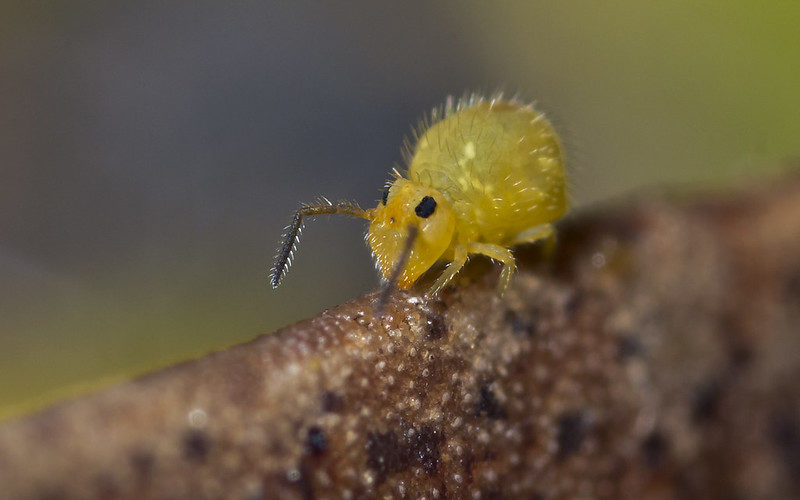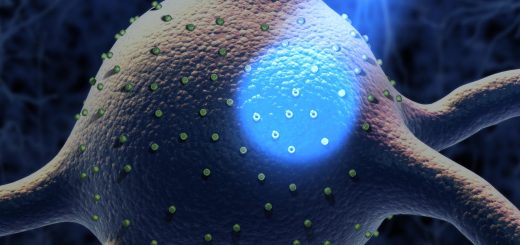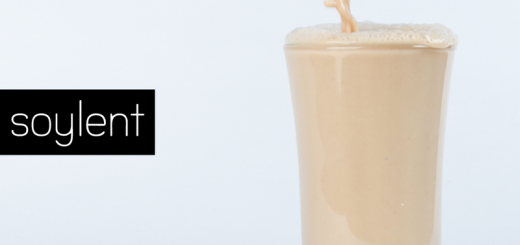When is a hexapod not an insect?

The virtues of insects have only recently been realised by the wider public. Modern generations have moved on from damning every fly and beetle. We now understand that we are doomed without the services that insects provide, such as pollination and decomposition.
Insects are far from alone in their noble work. They are one of many legions of single and multi-celled organisms holding up the world’s ecosystems. We are taught from childhood that insects are the ones with six legs. However, that is not entirely true. Our world is heaving and wriggling with six-legged creatures that are not insects.
The OTHER Hexapoda
The non-insect hexapods are called springtails, diplurans, and proturans. They don’t have external mouthparts, so are sometimes called “entognaths”, meaning “inside mouth”. Additionally, none of them have wings. They used to be considered insects, but all insects share a common ancestor and thus pinch neatly off the tree of life as one group, leaving the entognaths behind[1].
Springtails (class Collembola)
If you have ever looked closely at the surface of stagnant water or disturbed leaf litter and seen animated pepper flakes jumping about, then you have met the springtail. Most have a furcula, an elongated tail-like appendage that is held under tension beneath the abdomen. When released, the furcula snaps against the ground and propels its owner into the air[2]. Springtails are diverse in species and appearance, with some springtails known for being able to shrink their bodies by moulting excessively in warm weather[3].
Two-pronged bristletails (class Diplura)
Each dipluran has two tail-like projections (“cerci”) at the end of its abdomen[4], lending it both its common and scientific names. However, the cerci are the least interesting thing about them. They could accurately be called “eyeless dirt eaters”. They can grow up to 50 mm long, making them the largest non-insect hexapod. Their cerci help categorise them into three subfamilies: Japygoidea (pincers at the end of their cerci), Projapygoidea (short, stubby cerci), and Campodioidea (long, whippy cerci). Japygoidea is the only subfamily that cares for their eggs and young[5].
Proturans (class Protura)
The world of a proturan is huge, dark, and tasty. Without a microscope, they resemble tiny yellowish worms. In general, they are the smallest and rarest of the entognaths. Their front legs are often held up to resemble antennae, with which they sense the world in front of them[5]. Little is known about proturans, except that they are generally considered odd, and that theirs is the oldest single lineage of the Hexapods[1].
The three classes of entognath all help decompose matter in the soil by feeding on dead organic material, fungi, bacteria, and other soil organisms[6]. Though small in stature, they are mighty in the effect that they have on the world. Yet, they receive little appreciation for their efforts, and we still know so little about them. Next time you scoop up a handful of soil, have a look to see if any tiny things are jumping or wriggling about in it. Some of them are probably entognaths.
Edited by Liam Butler
Copy-edited by Claire Thomson
[1] https://bmcecolevol.biomedcentral.com/articles/10.1186/1471-2148-13-236
[2] https://archive.org/details/extraordinaryani0000pipe
[3] https://www.sciencemagazinedigital.org/sciencemagazine/30_august_2013?pg=17#pg17
[4] https://www.ento.csiro.au/education/hexapods/diplura.html
[5] http://soilbugs.massey.ac.nz/
[6] https://www.worldcat.org/title/elements-of-the-nature-and-properties-of-soils/oclc/276340542






